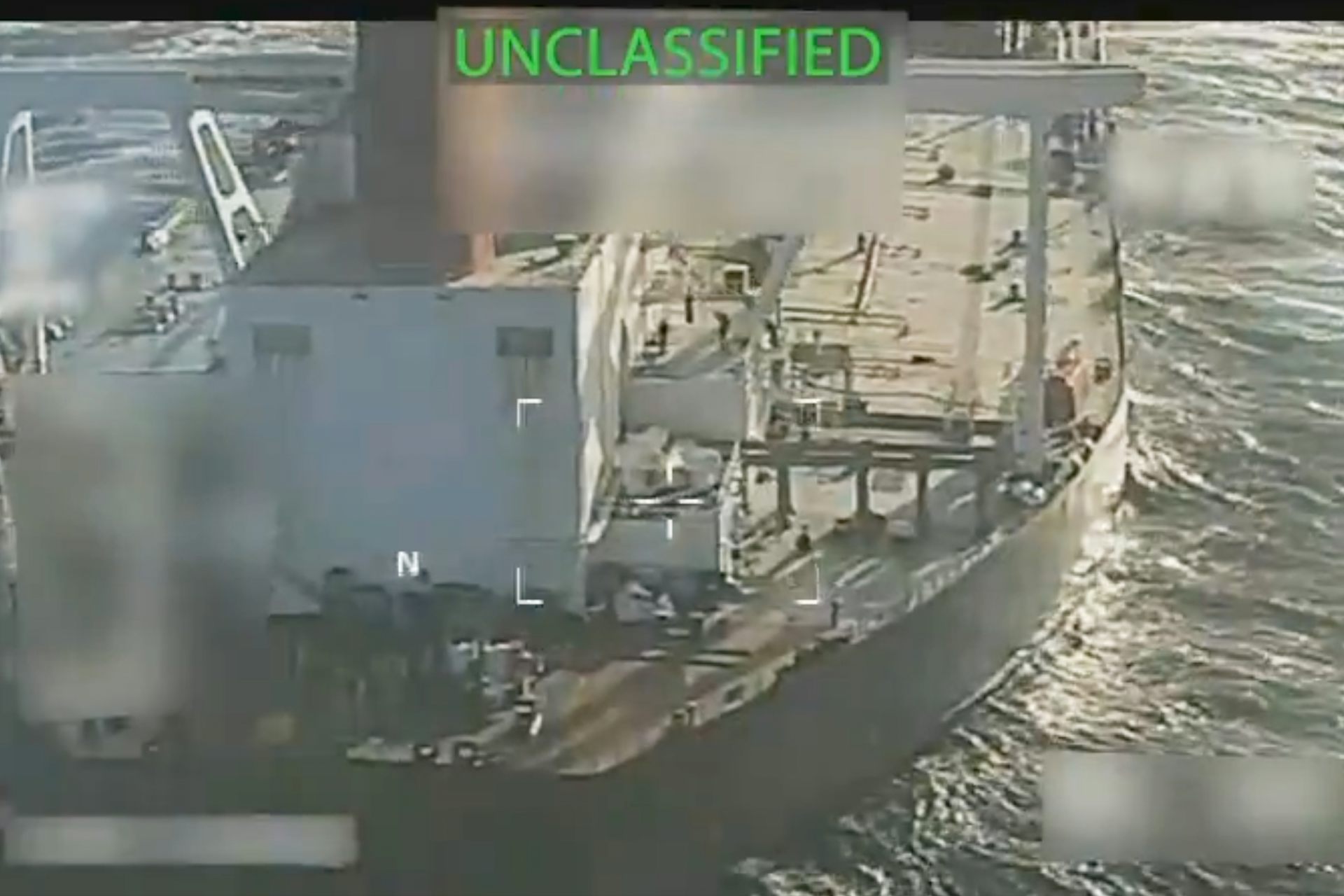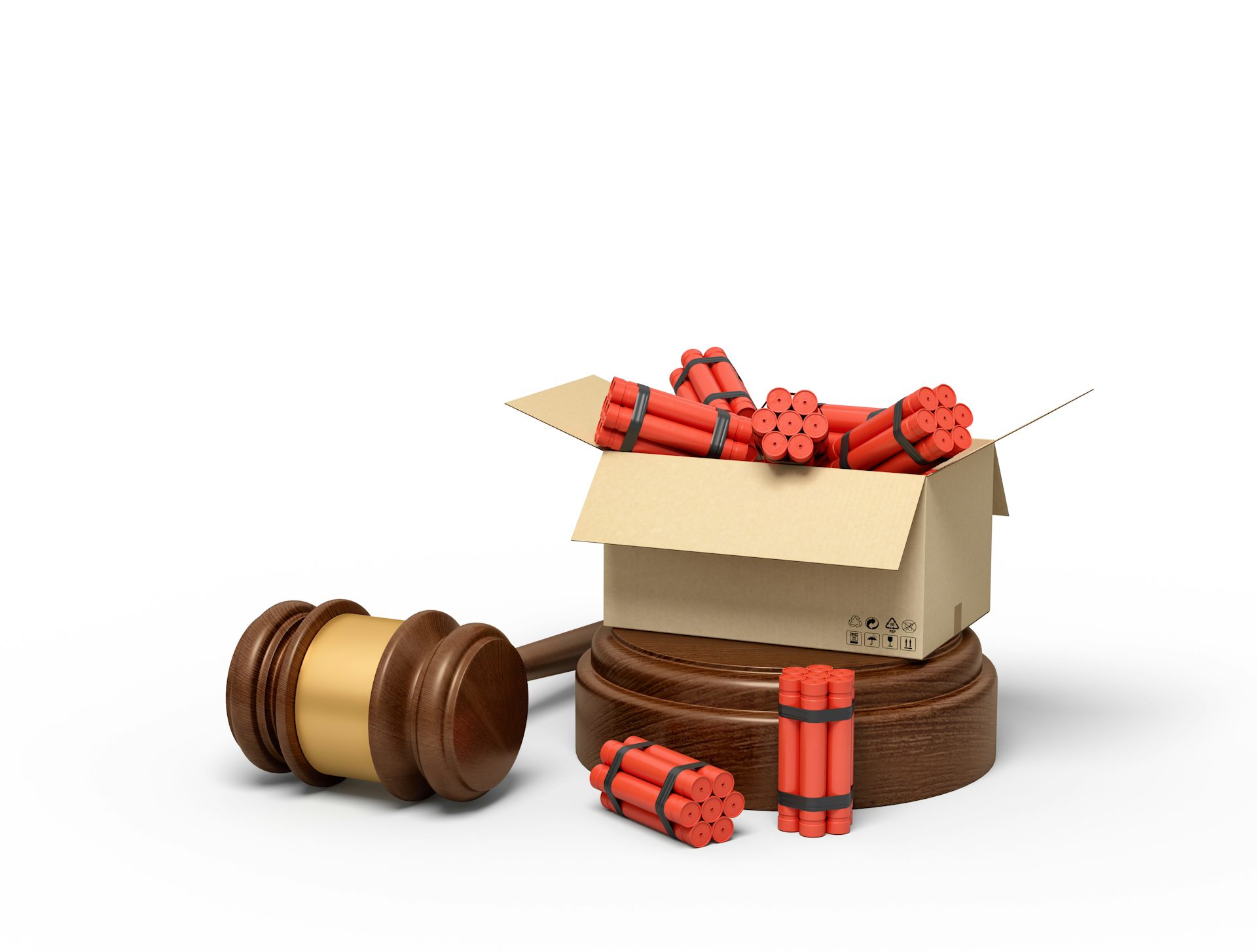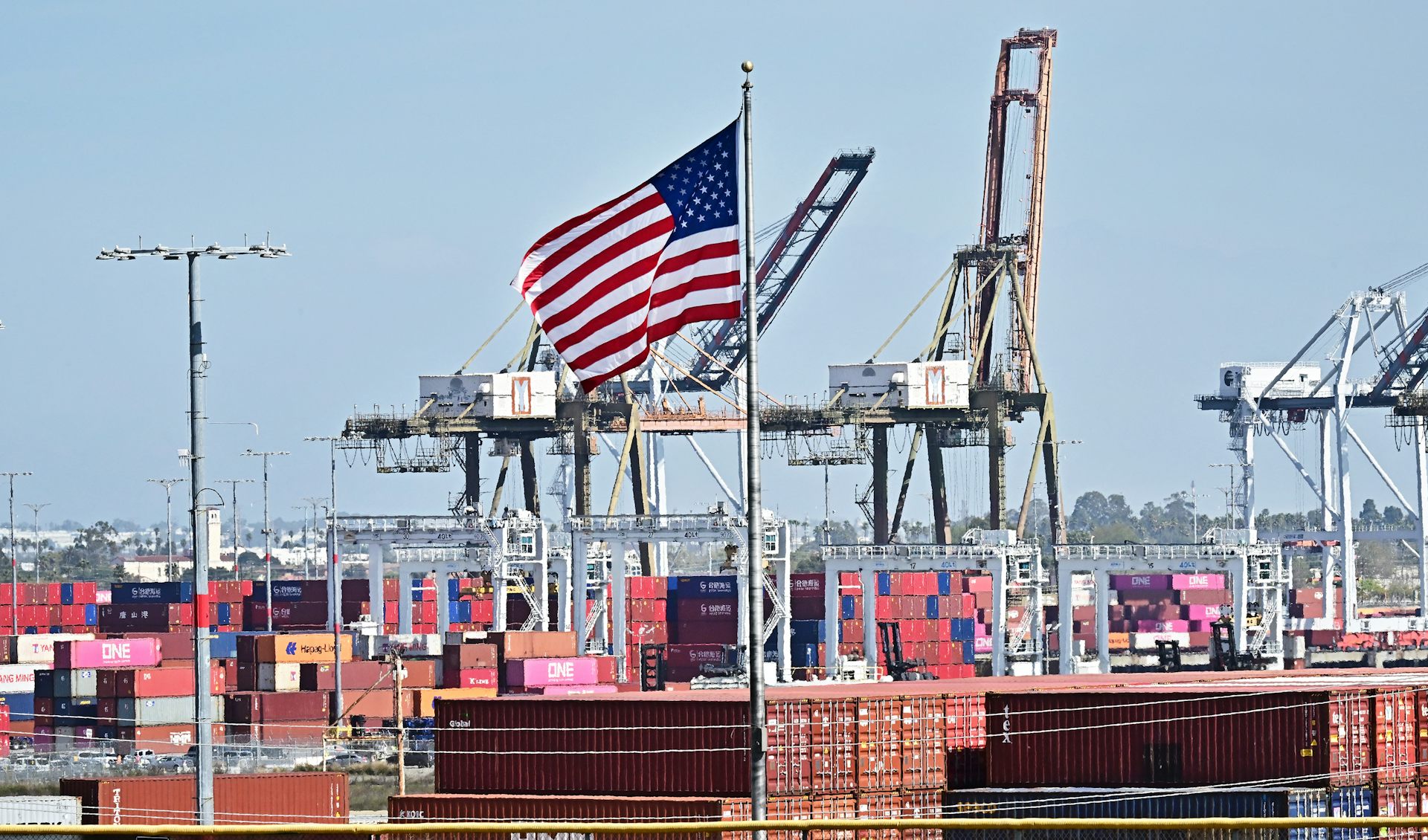Why Iran's protests matter this time
Although the unrest that shocked Iran's ruling elite appears to be over, there are several reasons to think this won't be the last time disaffected citizens take to the streets.
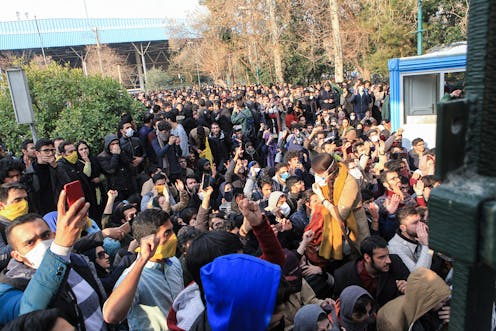
A series of urban uprisings in Iran that began on Dec. 28 in its second-largest city shocked the country’s Islamic regime, as well as much of the world.
Although the Mashhad protests were spearheaded by conservative opponents of President Hassan Rouhani to discredit his economic policies, the organizers lost control of the crowd. Protesters angrily chanted slogans – such as “Leave Syria alone, think about us” and “Death to Hezbollah” – that were aimed at not only Rouhani but the entire Islamic regime.
In the days that followed, protests spread to 80 cities, leading to at least 22 deaths and over 1,000 arrests. On Jan. 8, Rouhani, who won a second term last May, said they signaled Iranians want not only a stronger economy but also more freedom.
While the government says it now has the situation under control, that doesn’t eliminate the significance of the largest protests since 2009, when millions came out to oppose the outcome of that year’s presidential election. The government forcefully suppressed that uprising, and two candidates who disputed the results remain under house arrest.
Why have so many Iranians again taken to the streets and will these protests have a larger impact than those eight years ago? As a close observer of Iran, I believe there are several important differences between the protests today and in 2009 that can help us answer both questions.
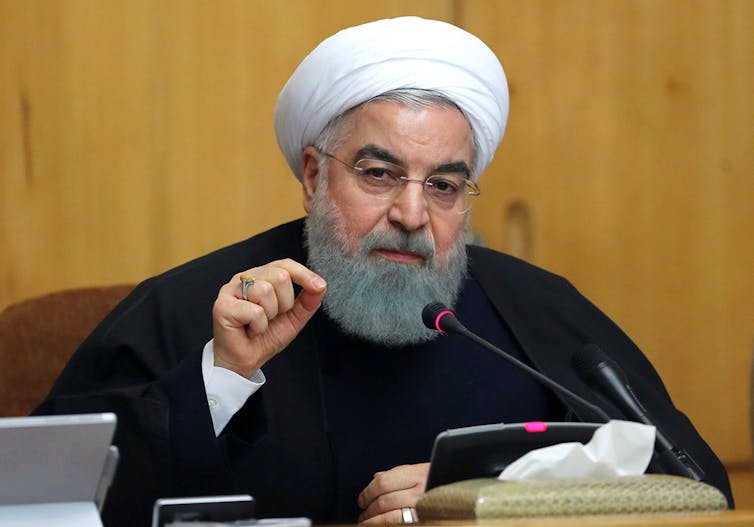
What’s behind the uprising
Not surprisingly, the conservative faction of the Islamic regime was quick to blame Iran’s adversaries, namely the U.S., Israel and Saudi Arabia. In contrast, reformists say that the protests are about economic grievances such as unemployment, inequality and corruption.
They do have a point. While the overall economy is growing again, and many indicators have turned positive in the past two years, the gains haven’t been shared by all Iranians.
The economy grew 13.4 percent in 2016 after oil and financial sanctions were lifted as part of the nuclear agreement with the West, which increased the country’s oil and gas production.
The non-oil sector, however, expanded just 3.3 percent – a clear sign the economy’s recovery has been slow in visibly improving people’s living standards. Real incomes of many segments of the economy remain weak, and the housing and construction sector remains in recession.
Unemployment is still high, at 12 percent, particularly among young university graduates. But it is much higher in small towns and peripheral regions of the country, where many of the protests occurred, driven by concerns over inequality and poverty.
Under Iran’s Constitution the supreme leader has broad powers, and even Rouhani has a limited ability to influence key policies, including those concerning the economy. Some key policies are entirely off limits, such as Iran’s involvement in Syria, Iraq and Lebanon. These campaigns, which are costing Iran billions of dollars every year, seem to be driving at least some of the protesters’ anger.
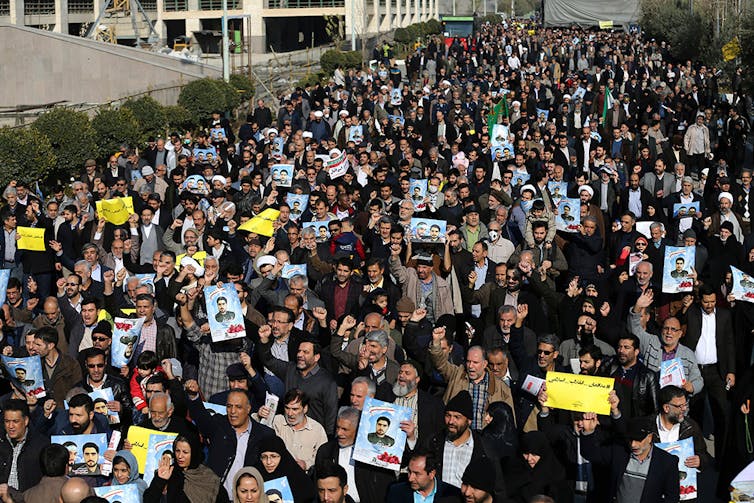
Key differences
There are three key differences between today’s uprisings and those in 2009.
In 2009, the demands were political. The reformist faction of the ruling regime, which disputed the results of the presidential election, was the main actor in the protests. Current protests do not have a visible political leader and appear to be directed at the entire regime, including reformists. This is best demonstrated by one of the slogans frequently chanted by protesters, which roughly translates as, “It is over for all of you.”
Another difference is that the 2009 protests were centered around the capital Tehran and other major cities. While the recent demonstrations involve fewer actual protesters, they are spread over a much larger area of the country, including many small cities that suffer from underdevelopment and low incomes.
These primarily young protesters, including unemployed university graduates and low-income workers, are also outraged by the frequent reports of corruption and unfair accumulation of wealth among some government officials. Competing factions of the ruling elite have frequently exposed each others’ corruption, revelations that have alienated the marginalized segments of the population that are struggling with poverty and unemployment. Economic issues are far more important today than they were for the primarily middle-class protesters of 2009.
Finally, the U.S. response to the current uprisings has also been markedly different.
The Obama administration reacted with caution to the 2009 uprisings and refrained from openly cheering on the protesters, motivated by a fear that overt support would provoke a harsher crackdown.
In contrast, President Donald Trump and his State Department have actively supported the protesters, and the U.S. is trying to mobilize an international condemnation of the Iranian government’s response. This initiative, however, faces strong resistance from China and Russia in the United Nations.
Concern about a stronger reaction from the Trump administration might explain the cautious and measured approach of Iran’s security forces in confronting the current protesters. The response was more violent and brutal in 2009.
What might change
The protestors’ focus on economic rather than political issues enables some moderate members of the regime to meaningfully address their grievances rather than being forced to keep silent or issue outright condemnations, as they did in 2009.
While condemning the acts of violence by some protesters, many of Iran’s political leaders, including Supreme Leader Ali Khamenei, have expressed sympathy for their economic concerns.
They have also led to some changes in fiscal budget and economic reform priorities. Planned increases in prices of fuel and bread, for example, have been suspended.
While it’s encouraging that the government is reacting to protester concerns at all, stalling important economic reforms is not the right way to do it. These steps will surely be welcomed by lower-income Iranians, ensuring they’re politically popular, yet they may lead to more hardship down the road by worsening the budget deficit and potentially fueling inflation.
Instead of keeping prices of essential items artificially low, which leads to considerable waste and inefficiency in the economy, it would be more effective to offer targeted subsidies to the poor while doing more to fight corruption and political nepotism, a primary cause of rising income and wealth disparities in Iran.
What won’t
Will the recent unrest serve as a wake-up call for the political elite that more needs to be done?
Unfortunately, an inefficient populist response is probably as far as the country’s supreme leader will be willing to go – at least for now. Protesters’ more political demands, such as tackling corruption, limiting Khamenei’s powers or reducing Iran’s role in regional conflicts, are unlikely to be addressed anytime soon.
Iran’s political system carefully screens candidates for public office and thus remains closed to ordinary citizens, leaving Iranians with few options for influencing government policy besides the streets. And neither political faction, reformist or conservative, has yet offered any practical solution for how to change that.
For most Iranians, however, corruption, poverty and economic inequality can not be addressed without serious reforms. And that suggests that while the most recent uprising may be winding down, similar uprisings are likely in the future.
Nader Habibi does not work for, consult, own shares in or receive funding from any company or organisation that would benefit from this article, and has disclosed no relevant affiliations beyond their academic appointment.
Read These Next
Whether Netflix or Paramount buys Warner Bros., entertainment oligopolies are back – bigger and mor
Hollywood has seen this movie before.
How I rehumanize the college classroom for the AI-augmented age
A writer instructor recognizes the role of AI on campus, while elevating social connection and humanity…
Black-market oil buyers will push Venezuela for bigger discounts following US seizure – starving Mad
Venezuela relies on the black-market oil trade for a large chunk of its revenue. US enforcement actions…




